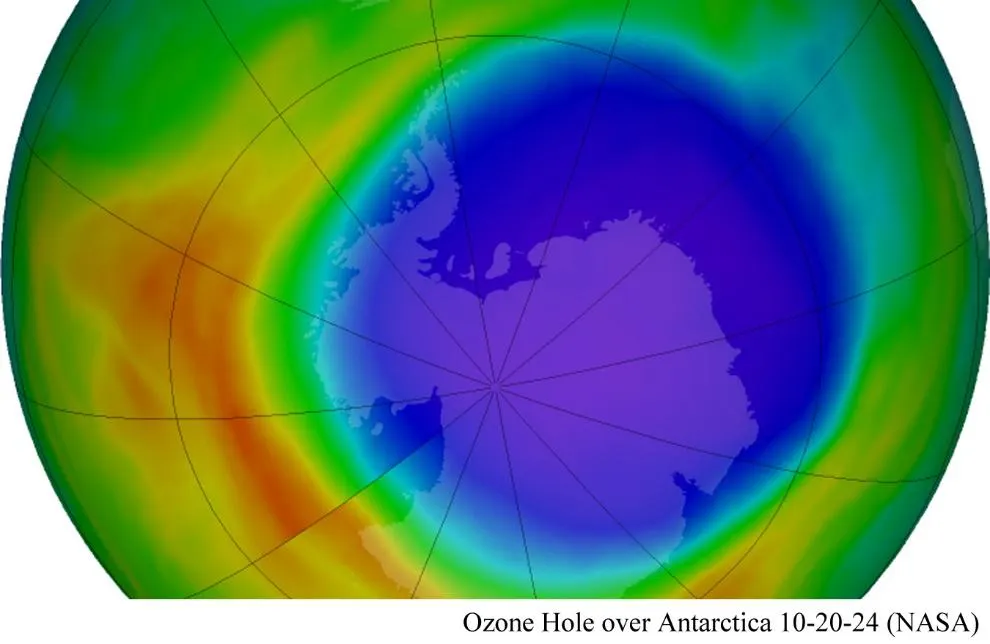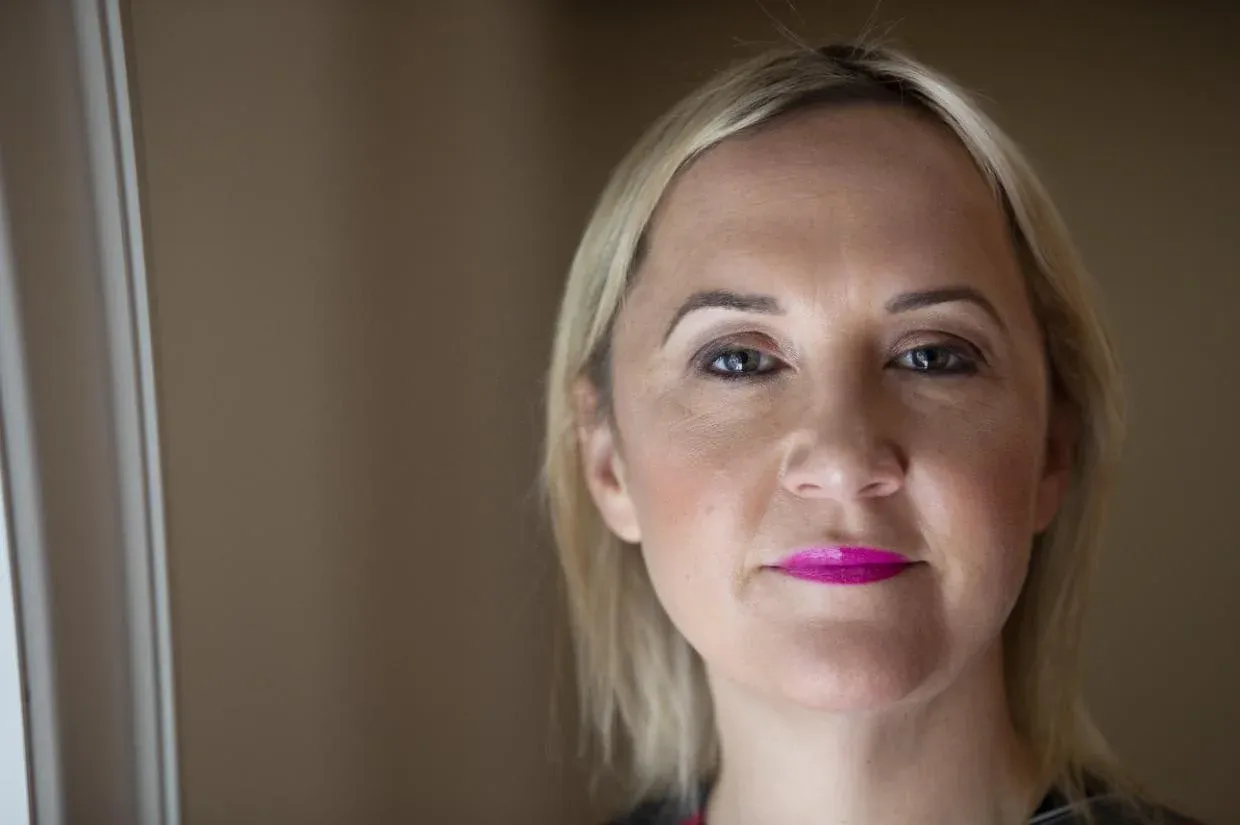Table of Contents
Like most boys, I was fascinated by dinosaurs. More than fascinated: I was not unlike Jurassic Park’s enfant terrible Tim Murphy. I was obsessed. From How, Why and Wonder books on dinosaurs, I progressed to heavier tomes as I got older. I spent my first holidays of high school at a fossil dig. Hand in hand with that obsession went a basic familiarity with geology and deep time.
Deep time. What a magical phrase. “Deep time” was applied by writer John McPhee, in the 1980s, to the concept of “geologic time” developed by 18th century geologist James Hutton and further developed by Charles Lyell in the 19th. It was Lyell’s Principles of Geology which provided the young naturalist Charles Darwin with the “large cheques upon the Bank of Time” he needed to draw, for his then-developing theory of evolution.
To study dinosaurs, fossils and geology, however cursorily, is to inevitably come face-to-face with the facts of deep time — and change. Even as a boy, I quickly became familiar with the idea that what were once the beds of great oceans now sit atop the ancient, weathered hills of central Australia. That frozen Antarctica was once, as depicted in the magnificent stories of H. P. Lovecraft, a steaming jungle. That a world was at various times, warm and wet, or a frigid snowball.
That we live, as geologist Ian Plimer says, on a dynamic planet where change is the only constant.
Especially climate change.
Where the very prospect of a changing climate seems unnatural and terrifying to a great many people, viewed from the Olympian heights of deep time, it all seems rather like business-as-usual.
Earth scientists have learned that earth was significantly warmer than present (by perhaps about 8 to 10 °C) for about 80% of the earth’s 4.6-billion-year history.
From a historical as well as a geological perspective, warming trends are beneficial for humans, for agriculture, and for plants and animals. No “tipping points’ were reached during past geologic intervals when temperatures and CO2 concentrations were much higher than present. In fact, life flourished during these relatively warmer conditions.
For the past 2 million years (Quaternary Period), the earth has been in an ice age comprised of some 20 major glacial/interglacial cycles. Each cycle was characterized by very wide swings of temperature and precipitation.
Too many people seem convinced that the climate of the middle 20th century (perhaps not coincidentally, the youth of most senior climate scientists) represented some sort of Platonic Ideal of climate. Any deviation could only end in disaster.
As climate alarmists hate being reminded, for a good while the “scientific consensus” was that we were whooping it up in a rare, prolonged geological summer. It was all going to come to an end soon, mark their words. I well remember an ocean and atmospheric scientist — what would now be called a climate scientist — dolefully intoning to me that, “I am firmly convinced that we’re seeing the beginning of the next Ice Age”.
Now, the script is flipped — but is it any less foolish?
Especially given that the data is so provisional? This may seem paradoxical after so much discussion of deep time and climate, but it must be borne in mind that we’re not comparing apples with apples. The climate of the past is broadly inferred through second-hand evidence, whereas the climate of today is measured with literally laser accuracy. Pretending that a proxy is the same as a direct measurement is simply misleading (at best).
So, when climate alarmists talk about “on record”, what they really mean is “in the last hundred years”. Barely a blip on the geological timescale.
Our instrumental climate records only extend about 100 to 150 years back. There are still not enough weather stations on the earth to determine the average temperature of the earth. The best data from satellites and the Argo (ocean robot) systems suggests the planet has been cooling slightly since 1998.
WryHeat
Bear in mind, too, that “slightly” means anywhere been zero and maybe one-tenth of a degree. But, when the entire warming trend that has the climate establishment racing around like so many Chicken Littles is barely one degree, even a tenth of that is a pretty significant.
It also pays to bear in mind that previous periods of geologically-recent climate change, such as the Younger Dryas saw temperatures fluctuate by as much as ten degrees in a matter of decades. The Younger Dryas was, of course, a period of intense cooling — which should serve to remind us, as do historical accounts of the Little Ice Age from about the 14th to 19th centuries (although the cooling was not as intense across the globe as in Europe), that cooling climates are miserable times, not least for humans.
Warming climates, on the other hand, are times of abundance. Indeed, the Earth has undeniably greened significantly in recent decades, and food production soared, while global climate-related deaths have plummeted.
We are, as Ian Plimer says, the first generation of human beings to be afraid of a warm climate.









